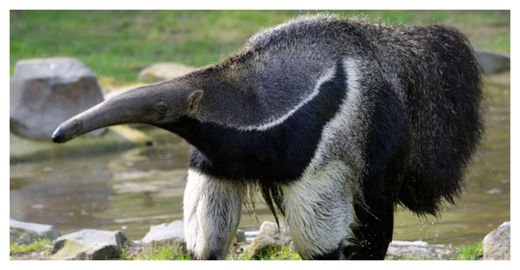
© Thinkstock
Giant anteaters in Brazil have killed two hunters in separate incidents, raising concerns about the animals' loss of habitat and the growing risk of dangerous encounters with people, researchers said.
The long-nosed, hairy mammals are not typically aggressive toward people and are considered a vulnerable species by the International Union for the Conservation of Nature (IUCN), largely due to deforestation and human settlements that encroach on their territory.
However, they have poor vision and if frightened, they may defend themselves with front claws that are as long as pocketknives.
The case studies of two fatal attacks by giant anteaters were described in the journal
Wilderness and Environmental Medicine, which released the paper online this month, ahead of its publication in the December print issue.
"Both were farmers, were hunting and were attacked by wounded or cornered animals," lead author Vidal Haddad of the Botucatu School of Medicine at Sao Paulo State University told AFP.
In the first case, a 47-year-old man was hunting with his two sons and his dogs when they came upon a giant anteater in northern Brazil. The hunter did not shoot at the animal, but he approached it with his knife drawn.
The anteater stood on its hind legs and grabbed the man with its forelimbs, causing deep puncture wounds in his thighs and upper arms.
The hunter bled to death at the scene, said the report, which noted that the encounter happened on August 1, 2012 but had not been described in scientific literature until now.

Comment: Snake bites can cause severe swelling, bruising pain at the bite site, internal bleeding and sometimes breathing problems. If treated with antivenom at a hospital, they are rarely fatal. Since snake bite kits have recently been considered an outmoded and dangerous idea and the Sawyer Extractor is not very effective, the best recommendation is to dial 911 and get to a hospital ASAP. Immobilize the bitten limb and keep it below the level of the heart...but get help pronto.